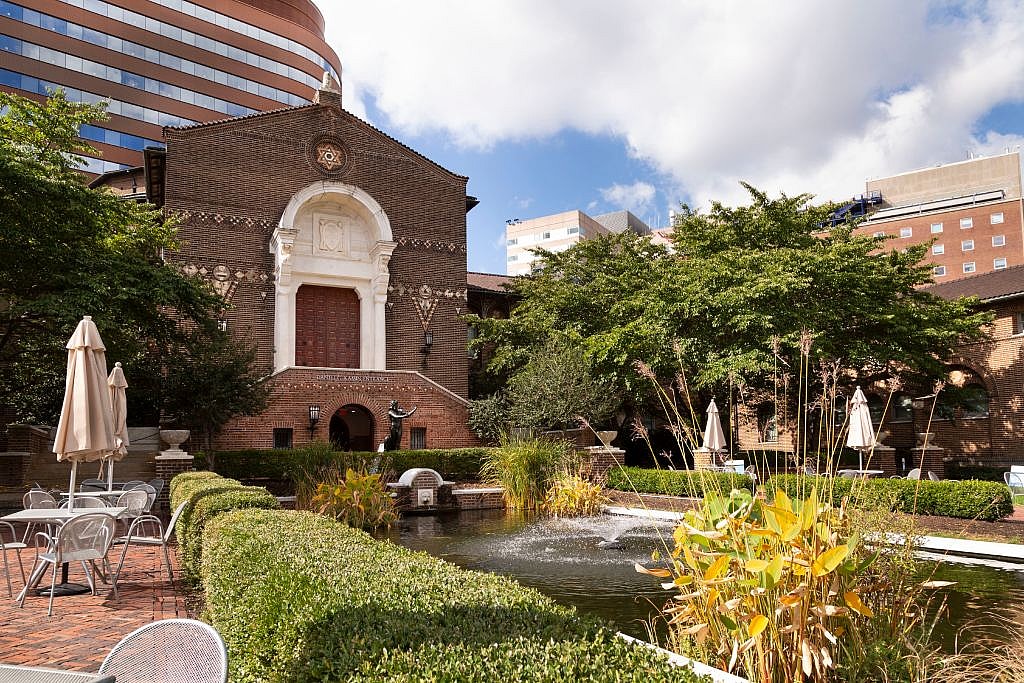The skulls of Black Philadelphians that were on display in a University of Pennsylvania classroom may be reburied this fall in a historic Black cemetery outside of Philadelphia if a court approves the burial.
According to CNN, the classroom where introductory and advanced anthropology classes were taught featured hundreds of skulls that had been on display for nearly six years as part of the Morton Cranial Collection, which has been stored at the Penn Museum since 1966. At least 13 of the skulls belonging to Black people will be reburied.
“Our goal is to do the right thing and rebury these individuals after 170 or so years and do it as respectfully and as dignified as we can,” Christopher Woods, the director of the Penn Museum, told CNN.

The collection was named for Samuel George Morton, a 19th-century physician who, according to his biography, was a leader in the field of craniology, a largely debunked field of science that used the skulls of various races to assign them inferiority to white people. He refuted the idea that men had a single origin and instead argued for polygeny. which argues that each human race has different ancestors.
Given the museum’s history with Morton, one Black Philadelphian does not believe that it should be “leading” the burial initiative. “I don’t think an institution that has financially, culturally and sociopolitically benefited from the violent removal of remains from the ground in the name of so-called science can be the same institution that holds the healing process,” said Abdul-Aliy Muhammad, a community activist and member of the community advisory group the museum formed to address the fate of the remains. Muhammad has filed a formal objection to the burial in Philadelphia Orphans’ Court.
Woods noted that the museum as the caretaker of the skulls does have a role — with community input — in finding a final resting place for them. “I think it’s our responsibility as stewards to do the right thing, and we should do it in consultation with the community and that’s what we’re trying to do.”
The decision to rebury the skulls came amid the racial reckoning following George Floyd’s killing. Woods took over the directorship of the Penn Museum last year. At the time, he also apologized for the institution’s involvement with the skulls and disclosed the impending formation of the community advisory committee — the Morton Cranial Collection Community Advisory Group — that would recommend appropriate ways to handle the remains.
According to CNN, Morton had around 900 skulls during his study. The collection grew to more than 1,300 after his death. In his 1839 book, “Crania Americana,” he wrote that Black people were of the “Ethiopian race,” which he described at their worst as “the lowest grade of humanity.”
The skull of one man was specifically identified in Morton’s research. John Voorhees was a “Mulatto porter” who allegedly confessed to a murder. Paul Mitchell, a researcher at the University of Amsterdam and former anthropology Ph.D. student at the University of Pennsylvania, believes Morton used Voorhees’ name and alleged confession to “shame” him, a common practice with alleged criminals at the time.
“When we talk about scientific racism and these intellectual, pseudoscientific justifications for slavery, they’re not all coming from the South,” Mitchell told CNN. “Some of the most important ones are actually coming from the North.”
Woods said the reburial of the 13 Philadelphians is “a first step” in the university acknowledging its role in slavery. There will be efforts to return the skulls of 53 people who were enslaved in Cuba. The university will also hire a person of color as a bioanthropology. Further, a campus marker will be created that will address Morton’s past as a racist researcher. These efforts, Woods said, represent ways that the university is “owning up to the past.”
The Rev, Jesse Mapson, who is a member of the community advisory group and approves of the burial in the Eden Cemetery, believes the university is moving in the right direction. “Reconciliation does not mean to cover up your past; it means to look at it openly,” he told CNN.
“Honestly, I think Penn has recognized its history in terms of what was done in another day and another time.”
TheGrio is FREE on your TV via Apple TV, Amazon Fire, Roku and Android TV. Also, please download theGrio mobile apps today!

